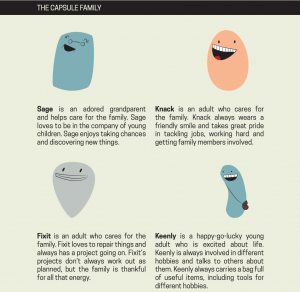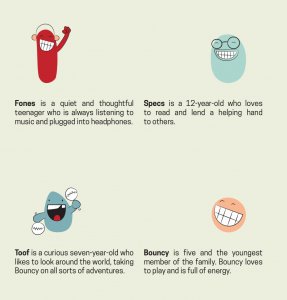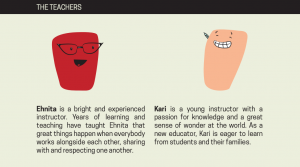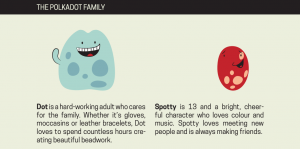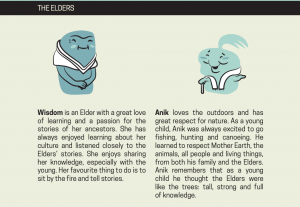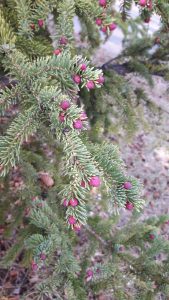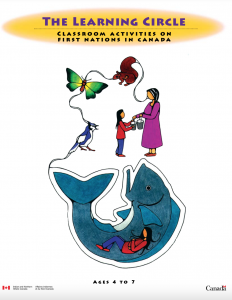I have shared how I have explored ways to help students tell their stories, whether through different accessible tools or resources online. I think it is also important for students to view examples of the power and impact of digital storytelling, such as through film. I found the website, Short of the Week, which offers, through their YouTube tab, access to various short documentaries, dramas, comedies, etc. that tell stories about serious issues and themes that could be discusses in class. When looking through the site, I was able to find films from Canada and the film, Gas Can caught my eye. It is a short drama about “a Cree family who run out of gas [and] ask an old farmer for help while moving to the city,” set in Saskatchewan in the 1970’s. It is created by a non-Indigenous filmmaker, Mattias Graham and deals with racism. When reading more information about it and the filmmaker’s point of view, I found it interesting that Graham was trying to tell the story through the perspective of an Indigenous person through this empathy, but he shares that in his first attempt and test screenings, he actually made the audience “ very sympathetic toward the white farmer” and “in trying to make a film about racism, [he’d] inadvertently made a racist film.” He had to then re-examine the film and put the focus on the Cree family and not the white farmer. I think this could be an important discussion or topic to address when it comes to filmmaking and perspective prior to beginning the storytelling process.
Short of the Week. (2021). Gas Can. Short of the Week. https://www.shortoftheweek.com/2020/06/09/gas-can/
